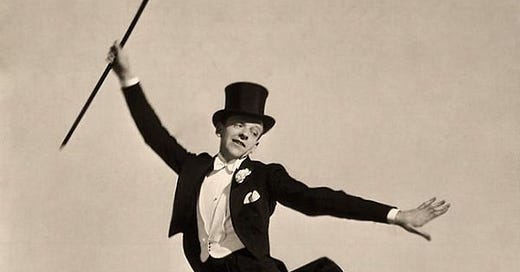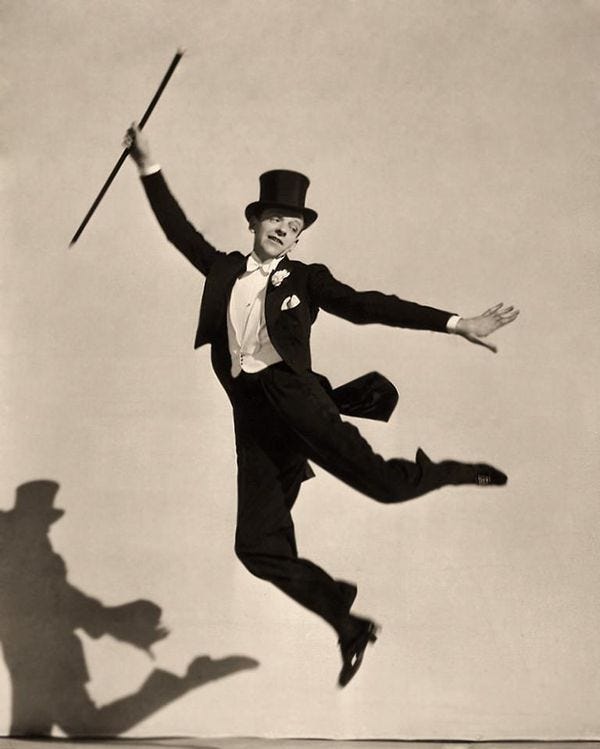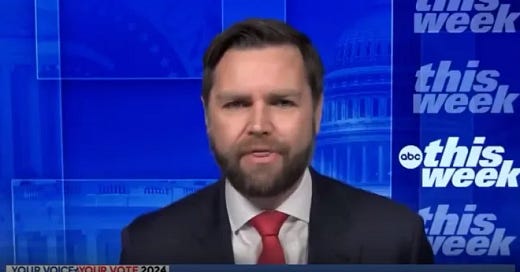
When Fred Astaire Went On Strike As If It Were An American Thing To Do!
Meet the actors behind this day in labor history!
On September 6, 1919, New York theater owners and striking actors signed an agreement to end a bitter and acrimonious strike based around the really horrific working conditions the actors faced, transforming this industry.
The late 1910s were a fascinating time for organized labor. World War I brought both unprecedented acceptance of labor into the halls of power and an official state crackdown on radicalism. Capitalists may have tolerated the existence of labor to fight the war effort but they had little interest in continuing this relationship after the war's conclusion. The American Federation of Labor hoped to capitalize on these gains and while the AFL was not exactly committed to big organizing campaigns as an institution, Samuel Gompers and fellow union leaders were certainly interested in expanding the federation's reach into new industries. This all came to a head in 1919, when companies sought to reverse wartime gains, the AFL accepted the Boston police into the federation, leading to the Boston police strike and its crushing by Massachusetts Governor Calvin Coolidge, and the real challenge to employers, the Seattle General Strike.
Into this complicated situation came New York stage actors. Conditions for actors declined significantly by the late 19th century for the same reasons that conditions for all sorts of workers declined: monopoly capitalism. The industry went through a wave of mergers that led to the Theatrical Syndicate effectively controlling most big-city theater production. A booking monopoly was created, taking power out of the hands of the actors. Actors had to pay for their own travel and costumes, rehearsal was unpaid with as many hours as managers required, and they could go months without payment. If a show was cancelled because of low attendance, the actors did not get paid. Often, if an evening show was cancelled on the last night in a city, they would travel overnight and perform 2 matinees in the new town the next day – but the actors would only be compensated for one. Moreover, contracts had what was called the "satisfaction clause." This meant that managers could fire actor for any reason they wanted. Presumably, it was for poor acting, but it also allowed them to just cut salaries at will and call it unsatisfactory work.
So being an actor wasn't really any better than many other jobs in the Gilded Age. You were under total control of your employer. Finally, actors decided to fight back. In 1913, 112 actors formed the Actors' Equity Association (AEA), the first meaningful union in American theater history. There were some actors' organizations that theoretically worked for actors' rights, but they were closer to fraternal societies and were simply unequipped to respond to monopoly capitalism taking over a field that does not seem a natural target. It quickly expanded to 1,500 members and began to work on a master contract it could present to the managers' monopoly as a way to demand fair rights on the job. That limited the free rehearsals, demanded overtime pay for more than eight performances a week, a two-week notice before firing, and paid travel and costumes. The managers completely ignored them. Finally, the AEA approached the American Federation of Labor about affiliating, hoping that the backing of the AFL would show the managers how serious they were. The actors were torn about this. They didn't consider themselves workers. They were artists. But they were artists being driven into the ground by greedy capital. At first, this did not go well, because as per typical AFL policy, they had already granted a charter to represent actors to a group called the White Rats, which was one of the fraternal-like societies. The White Rats hadn't actually done anything, but for the AFL, that didn't matter. They had jurisdiction. So the AFL offered the AEA a short of co-share with the White Rats, but that did not interest them at all.
This organizing did finally scare the managers into offering a one-year contract in 1917 that granted most of the actors' demands without the AFL. But the managers didn't take it too seriously and soon reneged on most of the contract. Then in 1919, the managers simply created a new association to claim the contract was no longer valid. But by this time, the AEA and White Rats had worked out their differences and, furious, the actors came into the AFL on July 18, 1919. They quickly moved toward a strike. An incident on July 30 between some actors and a manager set the final stages in motion and on August 7, the AEA declared the strike. Twelve major theaters in New York closed that night. That alone cost managers $25,000. They were totally unprepared for the strike, not really thinking the actors could pull it off. Whoops!
Soon, the strike spread from New York to Chicago and then to Providence, St. Louis, Boston, Philadelphia, Washington, and Atlantic City. Closed theaters were picketed. They delivered speeches every night explaining why they were striking, an effective tactic since theater districts were in highly popular spots anyway. They spoke to the press constantly to build their case, and held parades. They put on benefit shows to raise strike funds and held a parade on Broadway on August 16. When the strike began, the AEA had 4,200 members but that rose almost immediately to 6,000. Other unions, including the Teamsters, came out in support. Musicians and stagehands walked off stages in solidarity. Managers tried to stay open. But when Fred Astaire went on strike, the manager in the act named a chorus boy to replace him, who immediately demanded a salary similar to Astaire! The major players in American acting almost all supported the strike – the Barrymore family, Eddie Cantor, Lillian Russell, and others. A lot of actors who didn't have any personal grievances against managers looked in the mirror and decided to join the strike, realizing the need for all actors to stand together. In its early days, the AEA wouldn't organize show girls, thinking them not artists. But needing to win the strike, the union started accepting a broad-based definition of performer, such as vaudeville artists. Typically however, it did not at this time accept African-American performers. Race nearly always trumps class in American history.
On September 6, the managers gave in completely, totally overwhelmed by the actors' solidarity and the support from around the nation. They gave the AEA everything the actors wanted and any manager associated with the managers' association had to use the master contract. Blacklists and lawsuits against actors and the union were revoked, overtime pay was granted, and the lives of actors improved tremendously.
Fred Astaire of course went on to be one of the biggest stars in American history.
WHY IT MATTERS
This matters on two levels for the present. First, there are lots of industries where workers don't really see themselves as "labor" and thus don't organize, even though they are exploited. Actors solved this problem a long time ago and have an active union. In recent years, we've seen internet journalists become one of the few bright spots in American unionism, providing not only some real victories but also a rare public discussion of the process by which unions form. But we see also different sorts of creative workers or new industry workers very slowly come to the realization that capitalism lies to them. Whether Uber drivers or Google programmers, there are huge sectors of the modern economy who really wanted to believe that capitalism would work for them and are slowly realizing that without a union or some sort of labor organization, it's all exploitation all the time.
But perhaps the biggest reason to discuss this strike on this day is that it is LABOR DAY! Now, let's be clear, Labor Day is a conservative American holiday for workers meant to undermine the international workers' holiday of May Day. It was created by the odious Grover Cleveland as a bone to throw to organized labor after he and his railroad lawyer Attorney General Richard Olney used the US Army to crush the Pullman railroad strike.
We can talk about the creation of the holiday more, but I think the bigger issue here is that no one cares that Labor Day is supposed to honor workers! Even if it's not May Day, can we at least remember that Labor Day is about the role of workers in our society? While we have our last trip to the beach, our last summer picnic, our last outing before school starts, can we at least briefly remember that sacrifices of workers that created the holiday?
FURTHER READING
Sean Holmes, Weavers of Dreams, Unite! Actors' Unionism in Early Twentieth-Century America
Happy Labor Day! To keep us in workers, please feed the kitty, if you are able!











Maybe it left a mark? The good kind?
Fool! Everyone knows it was Shemp!